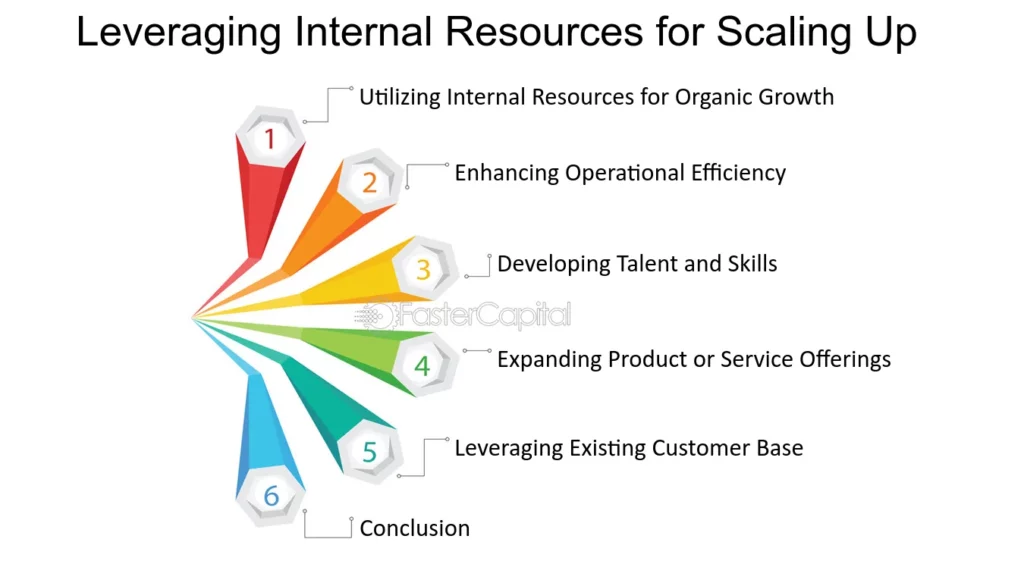In the dynamic world of online presence, the scalability of a website is crucial for adapting to increasing traffic and evolving user demands.
For those operating in shared hosting environments, scaling strategies become essential to ensure optimal performance without breaking the budget.
In this article, we will explore effective scaling techniques tailored for shared hosting, empowering website owners to accommodate growth seamlessly.
Understanding Shared Hosting Dynamics
Shared hosting is a cost-effective solution where multiple websites share resources on a single server.
While economical, it comes with limitations in terms of resource allocation. Understanding these limitations is the first step in devising effective scaling strategies.
Caching Mechanisms for Performance Boost
Implementing caching mechanisms is a fundamental strategy to enhance website speed in shared environments.
Utilize caching plugins and mechanisms to store static copies of your website’s content, reducing server load and speeding up page load times for visitors.
Content Delivery Networks (CDN)
Integrate a Content Delivery Network (CDN) to distribute your website’s static content across multiple servers globally.
This not only improves page load times but also reduces the burden on the shared hosting server by offloading static content delivery to strategically positioned CDN servers.
Optimizing Images and Multimedia
Large image and multimedia files can strain shared hosting resources. Optimize images by compressing them without compromising quality.
Consider lazy loading techniques to load multimedia content only when it’s visible on the user’s screen, reducing initial page load times.
Database Optimization
Shared hosting often means sharing a database server as well. Optimize your database by removing unnecessary data, indexing tables, and scheduling regular cleanups.
Efficient database management ensures faster query responses and improved overall website performance.
Load Balancing Techniques
Explore load balancing solutions to distribute incoming traffic across multiple servers.
While traditional load balancing is more common in dedicated environments, some shared hosting providers offer load balancing features.
This helps prevent server overload and ensures consistent performance during traffic spikes.
Upgrade Resource Plans
Most shared hosting providers offer tiered plans with varying resource allocations. Regularly evaluate your website’s performance and consider upgrading your shared hosting plan to one with more resources as your website grows.
This ensures that your website has the necessary resources to handle increased traffic and maintain optimal performance.
Monitor and Analyze Traffic Patterns
Implement monitoring tools to analyze traffic patterns and identify peak usage times.
With this data, you can anticipate traffic spikes and adjust your scaling strategies accordingly.
Being proactive in addressing potential traffic surges helps maintain a seamless user experience.
Conclusion
Scaling in shared environments requires a combination of proactive measures and strategic planning.
By implementing caching mechanisms, leveraging CDNs, optimizing multimedia content, fine-tuning databases, exploring load balancing options, and regularly upgrading resource plans, website owners can effectively manage growth within the constraints of shared hosting.
Stay vigilant, monitor performance metrics, and be prepared to adjust your scaling strategies as your website continues to evolve.

